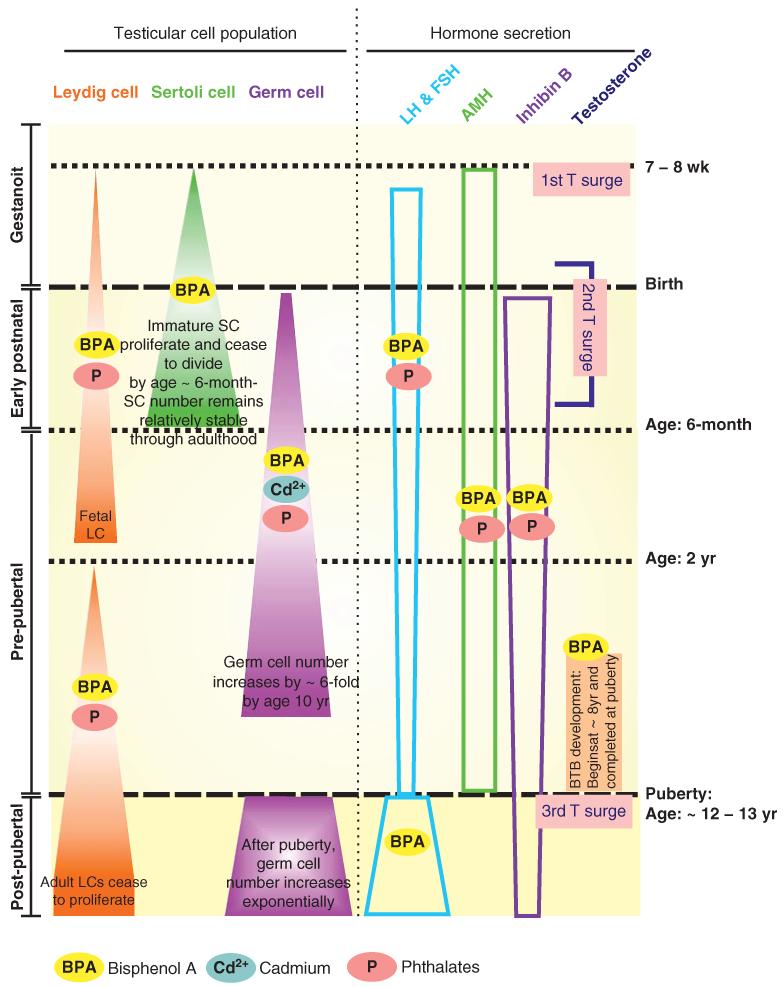Figure 1. Different stages of testicular development in human males that are sensitive to EDCs.
Fetal Leydig cells (LC) proliferate beginning at gestational week 7 – 8, through the gestation and early postnatal life until 1.5-year of age. Perinatal exposure BPA increases LC proliferation via ERα activations, while phthalates decrease total LC numbers but increase aggregations of fetal LC. At the age 2-year, adult LC starts to proliferate until early adulthood, when then cease to divide. Prepubertal BPA exposure stimulates adult LC proliferation; while phthalates produce the opposite effect. Immature Sertoli cells (SC) proliferate until the SC population reaches its maximum number by 6-month of age which then cease to divide, and maturation of SC begins at the onset of puberty at ~ 12 – 13 years of age. Perinatal BPA exposure increases Sertoli cell numbers and this thus increases the testicular weight as shown in rat pups. Germ cells proliferation can be impaired by cadmium and phthalate exposure, while stimulated by BPA exposure [125,126]. Hormonal regulation during early development is mediated via pituitary gonadotropins (LH & FSH), anti-mullerian hormone (AMH) and inhibin B. Both BPA and phthalates increase the perinatal AMH and impair gonadotropins and inhibin B secretion. During the onset of puberty, the amplitude and frequency of the pulsative release of gonadotropins are up-regulated to accommodate the needs of gonadotropins. BPA exposure impairs their secretion which affects the biosynthesis of testicular steroids. In the seminiferous tubules, BTB development begins by ~ 8 years of age which is completed at puberty by ~ 12 – 13 years of age. Thereafter, preleptotene spermatocytes have to be transported across the BTB to enter the adluminal compartment to prepare for meiosis I/II. BPA exposure was found to specifically disrupting BTB integrity in premature rats suggesting BPA may be harmful to BTB development in humans. Throughout development, there are three testosterone (T) surges which stimulate specific events in the testis. The first testosterone surge occurs at gestational week 7 – 8, which stimulates the proliferation of testicular cells. The second testosterone surge increases the fetal LC populations. The last testosterone surge at the onset of puberty simulates Sertoli cell maturation which is essential to maintain spermatogenesis.

